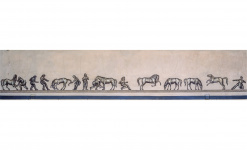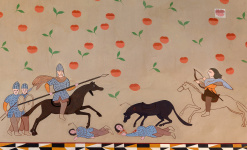Eastern Europe and classical antiquity (4th century BC – 3th century AD)


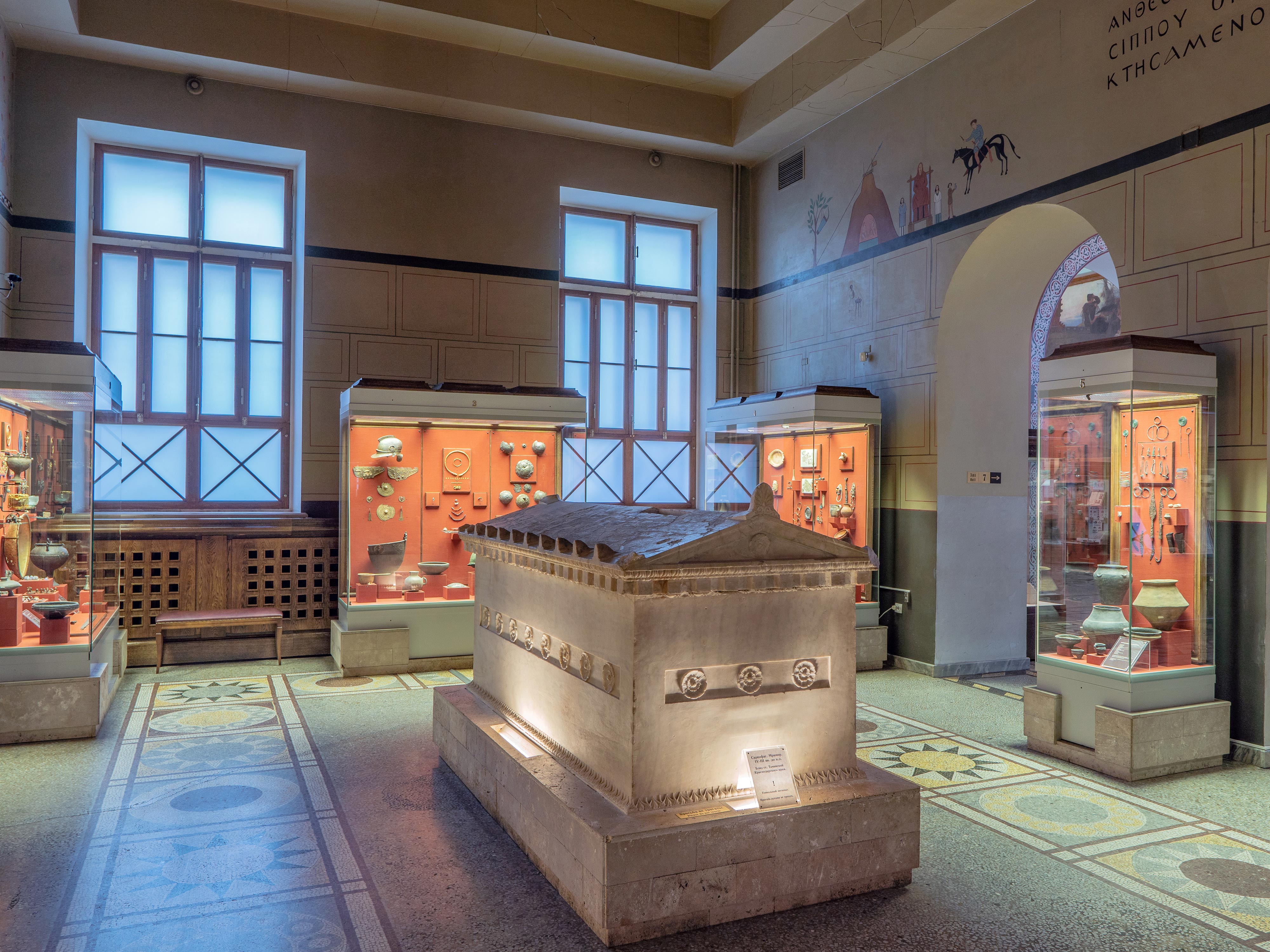







The period of the 4th century BC – 3th century AD became an era of enormous changes in the Northern Black Sea region. The nomadic Sarmatian tribes hugely populated this area, they interacted with the local population. The late-Scythian state flourishes. The Roman Empire spreads its influence. In the 4th – 3th centuries BC the Sarmatian territory spaned from the Southern Urals to the Lower Volga and Don regions. From 3th– 2th centuries BC the bulk of Sarmatians crossed the Don river and invaded Scythia, gradually taking over the Scythian nomads. The neighboring cities of Bosporus gave a bright antique air to the culture of nomads, what is confirmed by accumulation of rich Sarmatian burial mounds in the Kuban region. Scythian population remained only in the Crimea and the Lower Dnieper area, combining in its culture Scythian, Sarmatian and antique elements.
Носители зарубинецкой культуры практиковали различные ремесла. В первую очередь, можно отметить гончарное ремесло. Керамика была в основном лепная и делалась с использованием поворотного столика. Кружальная посуда (сделанная на гончарном круге) была импортной. Вся посуда делится по технологическим особенностям на два типа: груболепную и лощёную, поверхность которой заглаживалась до глянцевого блеска. Керамические сосуды занимали важное место в зарубинецкой погребальной культуре. Они являются самым распространенным типом погребального инвентаря. Количество сосудов в погребениях иногда достигает пяти экземпляров, однако, там часто сочетаются именно три типа посуды: горшок, миска и кружка. Посуда, найденная в погребениях, либо использовалась ранее в быту, либо специально изготавливалась для погребального ритуала. Первая носит следы эксплуатации, хорошо обожжена, иногда бывает поврежденной, возможно, еще задолго до того, как была поставлена в могилу. Посуда, специально изготовленная для погребения, очень часто плохо обожжена или просто подсушена без обжига.


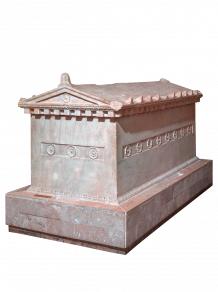




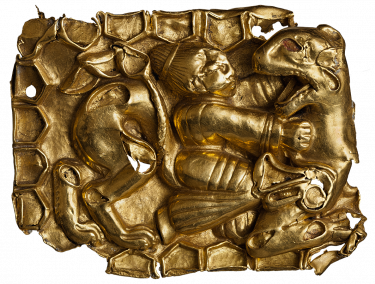








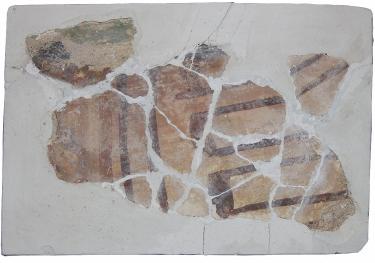





















The interior of the room recreates a step dome of tomb of the Kul’-Oba burial mound in Crimea and its décor reproduces the picturesque scene of taming a horse from the famous vase from the Chertomlyk burial mound, that was found by a Russian archaeologist Ivan Zabelin.
The architecture and artistic design of the interior was made after the sketches of Aleksey S.Uvarov, who examined the Kul’-Oba Kurgan (4th century BC) and other monuments of the Crimea in 1848.
Painted décor of the cove and the walls imitate the masonry of an ancient tomb.
The hall is decorated with three wall paintings, two of which, the left and right of the entrance, come from the stone tombs of Panticapaeum (1th century BC – 1th–2th century BC), discovered on the slopes of Mithridates hill in 1872 and 1877 respectively. One frieze depicts everyday scenes from the life of Anfestiria Hegesippus: tent with people; a woman and children nearby, as well as the rider where you can recognize Anthesteria.
On the opposite frieze – warriors both on foot and riding horses.
The floor mosaic is also created after the paintings of one of the crypts of Panticapaeum. At the beginning of the 20th century crypts were destroyed which only increases value of paintings of the hall of the Historical Museum.

